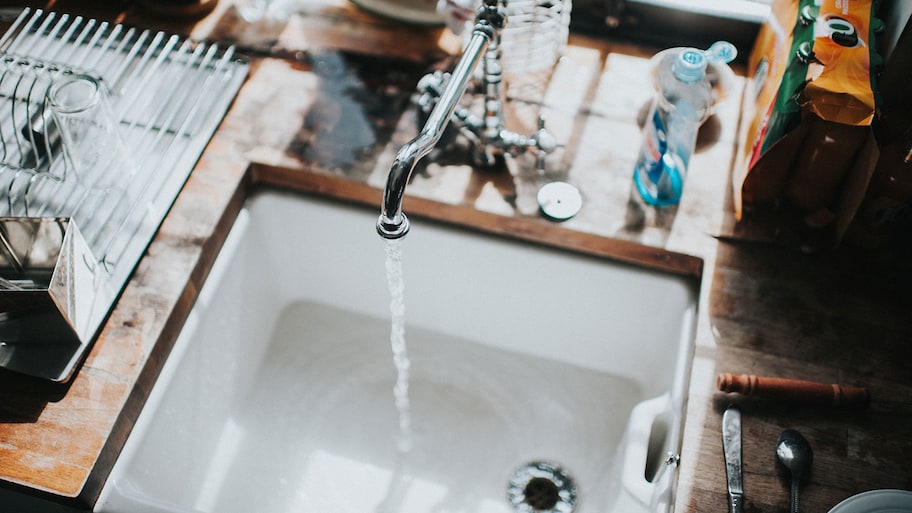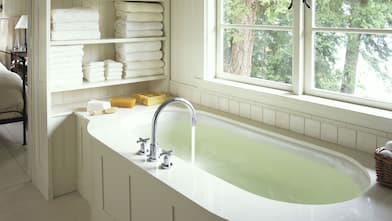Frozen pipes can be scary, but with a few tips, you can get everything running smoothly again
If the water in your home isn’t flowing out of the faucet during the winter months, your pipes may have frozen over. It can be challenging to keep pipes from freezing, especially if they aren’t properly insulated and are exposed to the elements. However, taking action quickly to combat this common wintertime problem can save you money and even prevent major damage to your home.
What Causes Pipes to Freeze?
Despite winterizing your pipes before the first big chill, there’s a chance that they can still freeze, especially when temperatures drop below 20 degrees. Pipes that run along outside walls are particularly prone to freezing, as are water sprinkler lines, outdoor hose bibs, and swimming pool supply lines. Pipes that supply water in cooler areas like crawl spaces, kitchen cabinets, garages, basements, and attics are also more prone to freezing.
If you find yourself with a frozen pipe, here are a few tips to hopefully get your water flowing again.
How To Find the Frozen Pipe
Chances are you were alerted to a frozen pipe thanks to a slow-dripping faucet, but other times, the source may not be so clear. The first thing you’ll want to do to locate the origin of a frozen pipe is to turn on several faucets to determine where the water is either trickling out slowly or not coming out at all.
Once you know which faucet or faucets are affected, follow the line from each and touch the pipes to feel for the coldest areas. These spots will most likely be where the blockage is in the pipe. It’s possible that if there’s a blockage in one pipe, that others are blocked with ice as well, so keep searching even once you find one spot. In more severe cases, you can also find the frozen area by following the pipe until you come across a spot that appears swollen or has a rupture in the sidewall.
How To Shut Off the Water Supply
In case of an emergency, such as a pipe bursting, it’s important to shut off the main water supply. Depending on where you live and the type of house you live in, the main shut-off valve could be in the utility room, crawl space, basement, or meter. Painting the valve a bright fluorescent color can help you to find it quickly.
Tagging the valve with your plumber’s contact information can also help to eliminate the stress of finding a local plumber in case of an emergency.
How You Can Temporarily Repair Your Pipes

If the situation seems mild, rather than turning off the water supply, you can attempt to temporarily repair a small pipe with a patch or clamp until an expert comes. If the pipe only appears frozen, you can attempt to thaw it, but do not try to do so with a torch or open flame. This method could make the problem worse and potentially lead to a house fire or even cause the pipe to burst.
Try using a hand-held hair dryer on its lowest setting to apply heat to the frozen area. You can also try using a portable space heater (with care and as long as it’s not near anything flammable) or an eclectic heating pad.
No matter the defrosting device you decide to use, make sure to watch where the ice melts to avoid standing water and the risk of electrocution. Continue to apply heat until the water begins flowing through the faucet again. If you notice any leaks in the line after you thaw out the frozen area, be ready to cut off the main water supply and call a pro.
Frozen Pipes Can Occur Anywhere
Although it’s common for pipes to freeze in cooler climates, do not assume that your pipes are impervious if you live in the Southern U.S. These areas can be much more susceptible to freeze damage, especially if your pipes are located outside. Taking extra precautions to winterize your pipes can help avoid frozen pipes when the forecast calls for temperatures below freezing.





